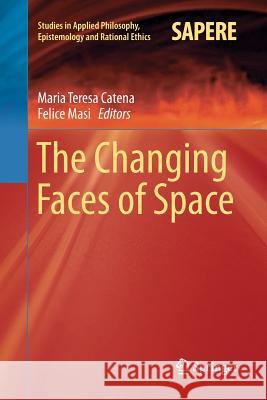The Changing Faces of Space » książka
topmenu
The Changing Faces of Space
ISBN-13: 9783319883427 / Angielski / Miękka / 2019 / 327 str.
The Changing Faces of Space
ISBN-13: 9783319883427 / Angielski / Miękka / 2019 / 327 str.
cena 389,09 zł
(netto: 370,56 VAT: 5%)
Najniższa cena z 30 dni: 385,52 zł
(netto: 370,56 VAT: 5%)
Najniższa cena z 30 dni: 385,52 zł
Termin realizacji zamówienia:
ok. 20 dni roboczych.
ok. 20 dni roboczych.
Darmowa dostawa!
Kategorie BISAC:
Wydawca:
Springer
Seria wydawnicza:
Język:
Angielski
ISBN-13:
9783319883427
Rok wydania:
2019
Wydanie:
Softcover Repri
Ilość stron:
327
Waga:
0.48 kg
Wymiary:
23.39 x 15.6 x 1.83
Oprawa:
Miękka
Wolumenów:
01
Dodatkowe informacje:
Wydanie ilustrowane











